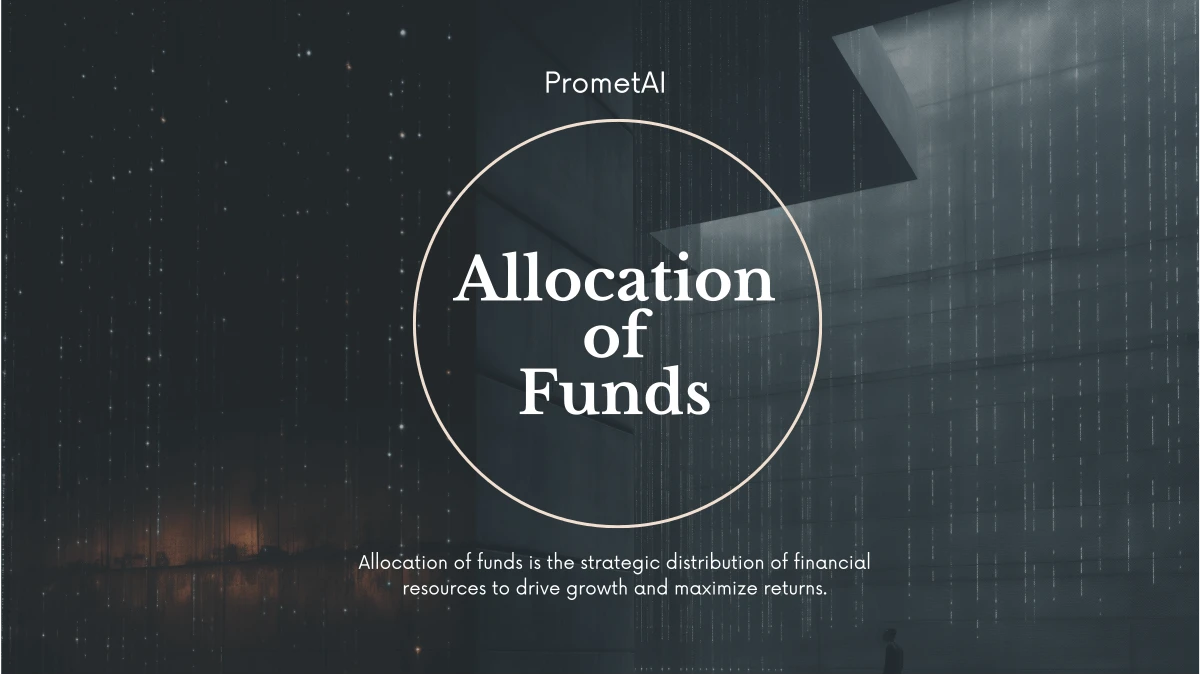Allocation of funds (distribution of funds) is the strategic distribution of financial resources to drive growth and maximize returns. Effective allocation of funds is crucial for optimizing business planning, balancing short-term needs with long-term objectives.

Allocation of Funds Meaning
What does allocating funds mean? To define allocation of funds is to describe the strategic distribution of financial resources to various segments of the company for growth and profitability. Proper allocation requires thoughtful fund investment in areas such as research and development, marketing, human resources, technology upgrades, and operational expenses.
Allocating funds strategically ensures that financial resources are used effectively, directly impacting business growth and market competitiveness.
Balancing immediate operational needs with long-term strategic goals ensures that the business remains agile while building a strong foundation for future growth.
Identifying and investing in high-potential growth opportunities is essential for staying ahead of competitors and capturing new market share.
Investing in innovation is crucial for businesses looking to enhance their offerings, improve efficiency, and meet evolving customer expectations.
Maintaining a financial reserve provides the flexibility to navigate unexpected challenges and capitalize on new opportunities swiftly.
Regularly reviewing and adjusting funding allocations in response to market shifts ensures that investments continue to align with business priorities.
A well-optimized allocation reduces financial risks by diversifying investments across different business segments and ensuring a solid risk management strategy.